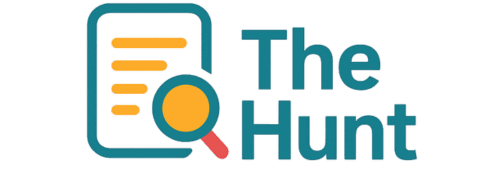New marketing technology is revolutionizing how businesses improve visibility on the market. However, organizations need to select the ideal tools to maximize benefits. Some of the key considerations that determine the right marketing tool include number of users, ease of use, personalization, availability of regular updates and more.
Advanced tools eliminate the need to spend money or lengthy periods training employees. The best marketing tools require a few hours of user training. They typically come with ready-made guides designed to provide answers to questions. This type of technology also keeps users updated on new regulations relating to spam compliance and general rules for online marketing.
Personalization provides a practical way to boost engagement with the target audience. Recipients can be addressed by name, thus making the emails feel more human.
The Internet of Things (IoT) is creating new possibilities for businesses of varying sizes. It allows organizations to leverage the power of connecting a wide variety of devices and assets. In turn, entities can use the data to optimize business operations, manage inventory and perform predictive maintenance. In addition, it becomes easier to create new revenue streams and provide new, innovative services by enhancing product development.
However, the process of adopting IoT is complex and may be daunting to some businesses. Some of the key challenges of implementing Internet of Things (IoT) include scalability, customization and lengthy adoption process.
Scalability
It is common for small and large organizations to face considerable difficulties when it comes to expanding IoT projects. Many businesses have discovered that successful implementation of a few hundred devices in the initial stages does not translate to easy expansion. In most cases, the initial setup cannot support additional devices across multiple sites.
Fortunately, organizations can take advantage of advanced cloud-based solutions capable of performing at hyperscale. These systems are designed to connect a large number of devices in different locations. They can handle big data with ease.
Lengthy adoption process
The implementation process of Internet of Things projects can take a long time to reach full-scale rollout. Many challenges arise at various stages of adoption. To minimize implementation time, organizations need to follow a staggered process.
Customization difficulties
An IoT solution that is incapable of connecting to existing legacy systems, including databases and software limits the ability to gain insights needed to improve business operations. For this reason, it is important to select a flexible platform that provides a rich ecosystem. Doing so enables businesses to leverage customization options to meet specific needs.
A good Internet of Things solution integrates a wide variety of devices, processes and systems. This makes it easier to use new and existing data sources.

